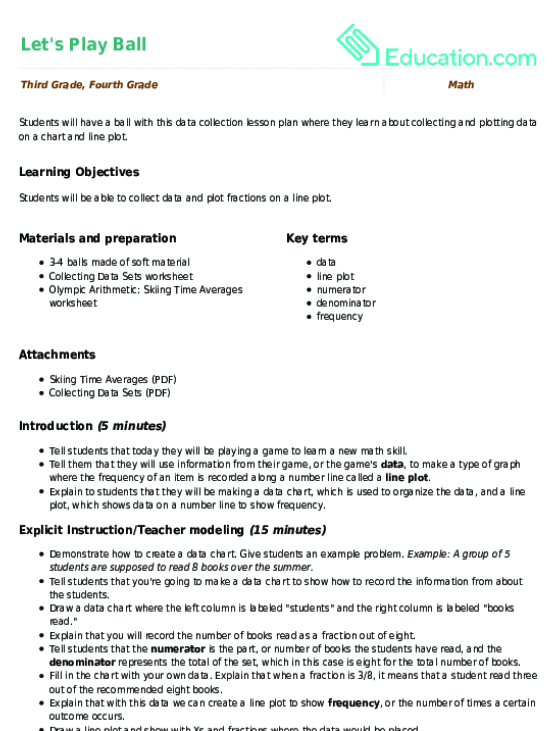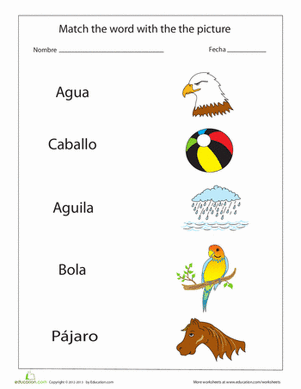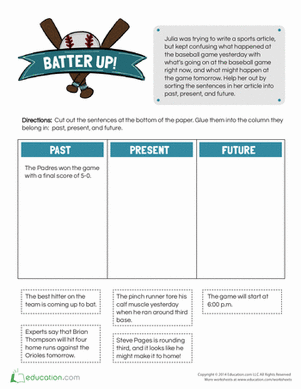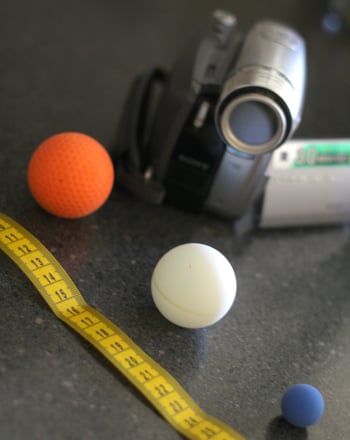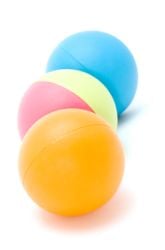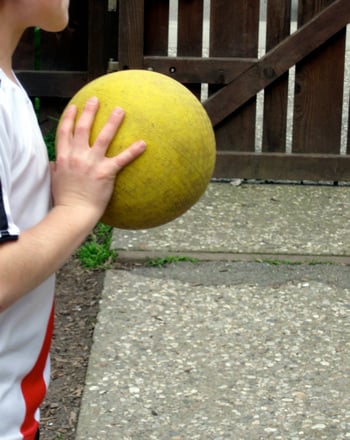Activity
Ping Pong Ball Anemometer
Anemometers are apparatuses used to accurately measure wind speed. Anemometers have been used to take measurements for centuries, with the first known description dating to the 1400’s in Europe (though there are accounts of similar devices independently by the Mayans and some Asian cultures). There are many different types of anemometers with varying degrees of accuracy and sensitivity—some are better suited to certain types of environments and situations than others.
A cup anemometer is perhaps the most basic example: the wind pushes the cups, and the amount of rotations in a given time interval determines the wind’s speed. Newer, more accurate anemometers are built with lasers and ultrasonic measuring technology, providing very accurate readings in harsh environments like the Arctic and the high desert. In this project, you'll build a ping pong ball anemometer, which is surprisingly accurate given its simplicity!
Objective
Build an anemometer and use it to measure wind speed in your neighborhood.
Materials
- Table tennis ball
- Rubber cement
- Needle
- Fishing line (colored line will be easier to see)
- Protractor
- Bubble level
Procedure
- Use the rubber cement to glue the bubble level to the flat base of the protractor. Make sure it is parallel to the protractor’s edge.
- Thread the needle with some fishing line.
- Carefully thread the needle through the ping pong ball at two opposite points.
- Tie a knot in one end of the fishing line so the ball can hang from the line. Use rubber cement to seal the holes in the ball so the fishing line stays in place.
- Cut the length of the line to be 30 centimeters (not including the diameter of the table tennis ball!), and tie the loose end of the line to the index hole of the protractor. Affix the loose end with rubber cement.
- Go outside on a windy day and hold the protractor with the curved side facing down.
- Make sure the spirit level shows that the flat edge of the protractor is parallel to the ground.
- Let the ball blow freely in the wind, and record the angle the fishing line reaches on the protractor.
- Use the table below to find out the wind speed. This is can be calculated because we know the length of the string to be 30 centimeters.
|
Angle |
Wind Speed (m/s) |
|
20 |
14.5 |
|
25 |
13 |
|
30 |
11.5 |
|
35 |
10.5 |
|
40 |
9.5 |
|
45 |
8.7 |
|
50 |
8 |
|
55 |
7.3 |
|
60 |
6.6 |
|
65 |
6 |
|
70 |
5.3 |
|
75 |
4.5 |
|
80 |
3.6 |
|
85 |
2.5 |
|
90 |
0 |
Why?
The faster the wind blows, the greater the ping pong ball will travel, yielding a greater angle. The protractor helps you measure the angular deflection of the ball.
Education.com provides the Science Fair Project Ideas for informational purposes only. Education.com does not make any guarantee or representation regarding the Science Fair Project Ideas and is not responsible or liable for any loss or damage, directly or indirectly, caused by your use of such information. By accessing the Science Fair Project Ideas, you waive and renounce any claims against Education.com that arise thereof. In addition, your access to Education.com's website and Science Fair Project Ideas is covered by Education.com's Privacy Policy and site Terms of Use, which include limitations on Education.com's liability.
Warning is hereby given that not all Project Ideas are appropriate for all individuals or in all circumstances. Implementation of any Science Project Idea should be undertaken only in appropriate settings and with appropriate parental or other supervision. Reading and following the safety precautions of all materials used in a project is the sole responsibility of each individual. For further information, consult your state's handbook of Science Safety.




